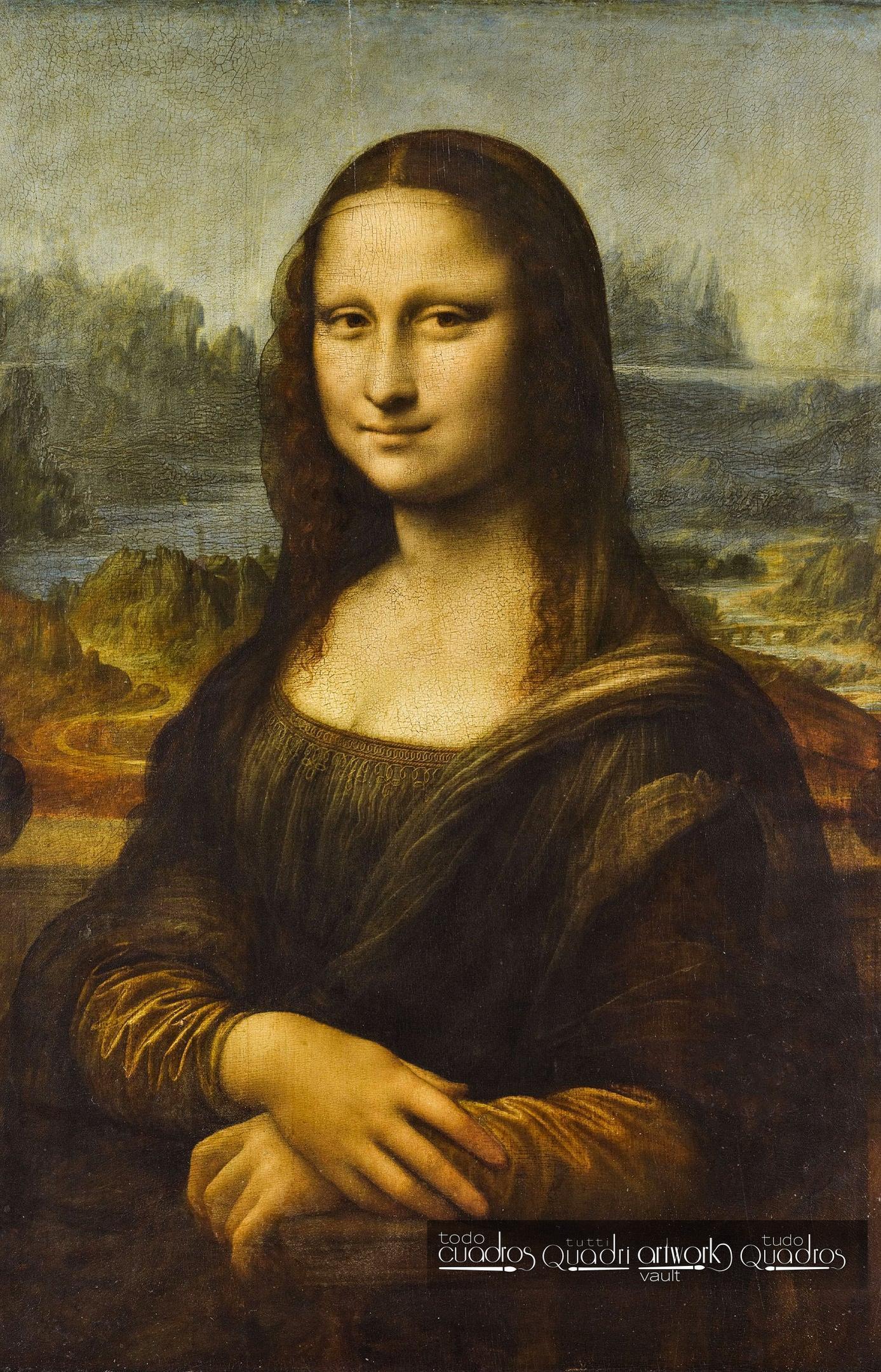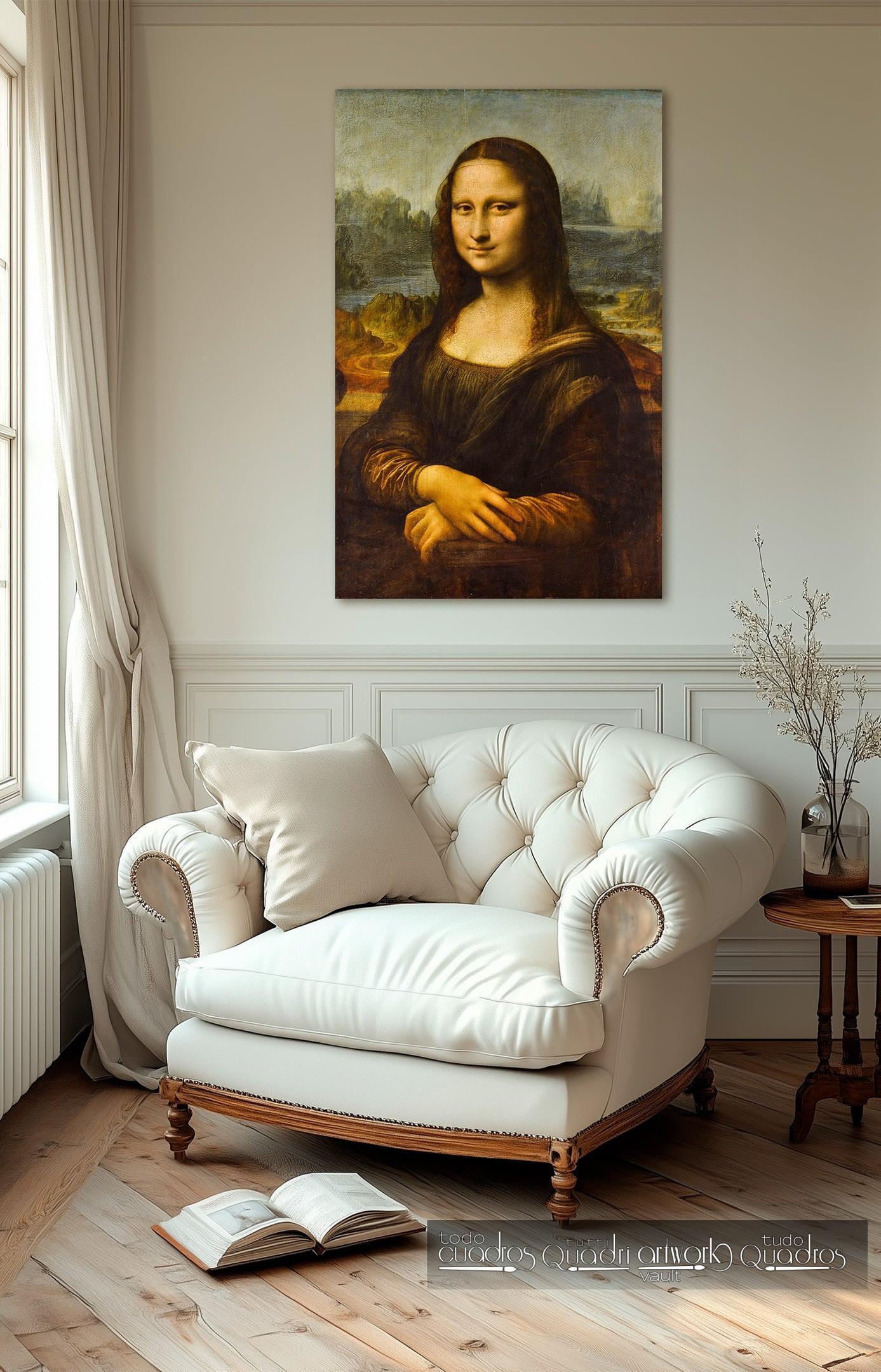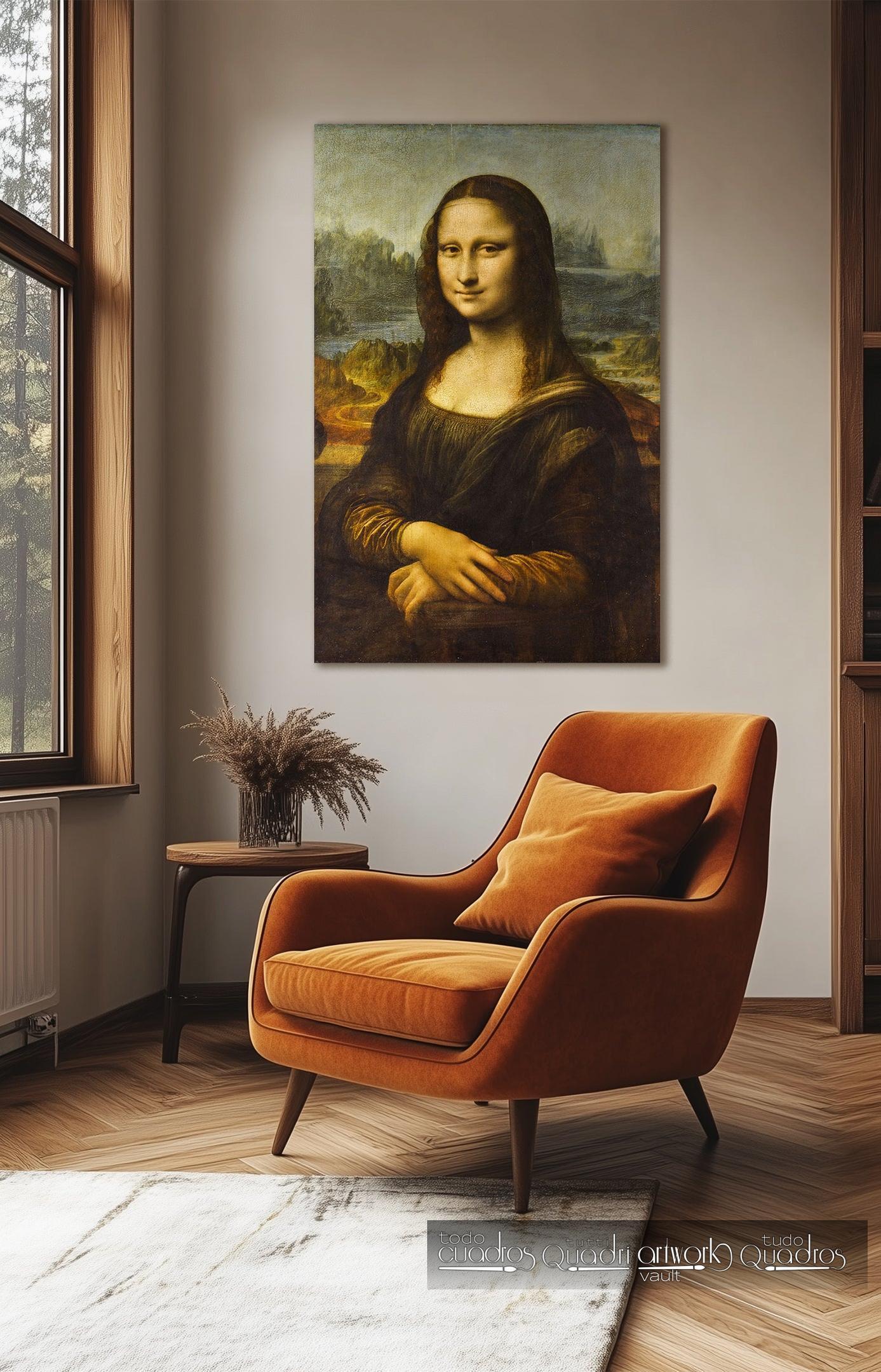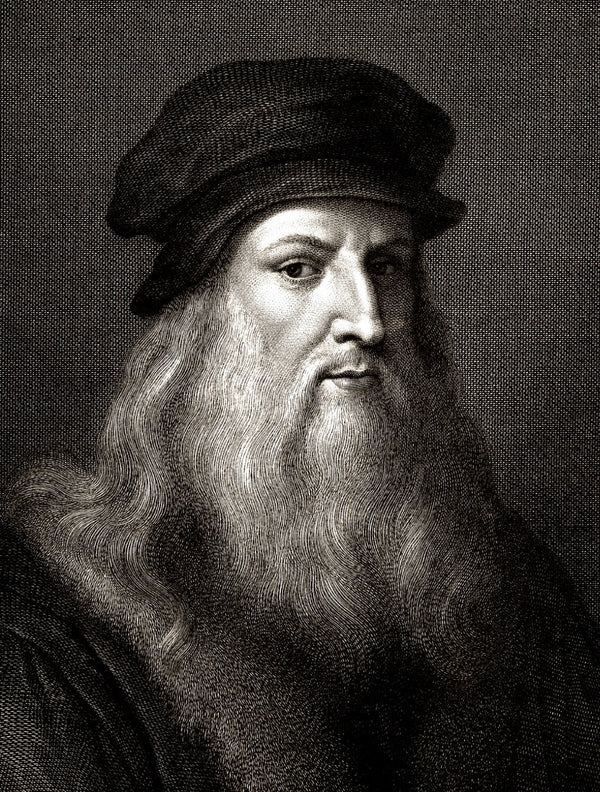


Mona Lisa (La Gioconda), Leonardo da Vinci
- Oil on linen canvas
- 100% hand-painted
- Reproduction painting
- Available for online purchase
- See quality
- Shipping to the US
- Money-back guarantee
- Customer reviews
| Author: | Leonardo da Vinci |
|---|---|
| Original Title: | Gioconda |
| Type: | Painting |
| Style: | Renaissance |
| Medium | Oil |
| Support: | Wood Panel |
| Year: | 1503-06 |
| Genre: | Retrato |
| Located: | Louvre museum, París. |
Origin of the Name
The name "Mona Lisa" comes from the Italian "Monna Lisa," meaning "Lady Lisa." "Monna" is a shortened form of "madonna," which means "lady" or "noble woman." This name refers to Lisa Gherardini, the woman believed to be portrayed in the painting. On the other hand, the title "La Gioconda," more common in Italy, comes from her married surname, Gherardini del Giocondo. The term "Gioconda" also plays on the Italian word "giocondo," meaning "joy," which some interpret as a reference to the calm and serene expression of the figure. Both names refer to the same person, but "Mona Lisa" has become globalized due to its easier pronunciation in other languages.
Da Vinci’s Revolutionary Technique
The technique that Leonardo da Vinci used in the Mona Lisa, especially sfumato, is one of the reasons the work continues to fascinate the world. This innovative method consisted of blending lines and contours to the point where they almost disappear, creating a smooth transition between light and shadow. What is astonishing is that thanks to this technique, Da Vinci achieved a sense of depth and realism unprecedented in his time. The result is a face that seems alive, with an expression that changes depending on the angle from which it is viewed. This made the Mona Lisa one of the first masterpieces to capture the emotional complexity of a human being so naturally, making it a benchmark not only of art but also of technical innovation.
Its Impact on Pop Culture
Over time, the Mona Lisa has ceased to be just a work of art and has become a true icon of pop culture. Her face has been reinterpreted in advertising campaigns, films, comics, and memes circulating on the internet. From mugs to fashion ads, her image has been printed on countless products, adapting to very diverse contexts. The Mona Lisa is not only still an artistic reference but also symbolizes the power to connect with different generations and cultures, maintaining its relevance in the digital age.
The Theft of the Mona Lisa
One of the most striking episodes in the history of the Mona Lisa occurred in 1911, when the painting was stolen from the Louvre Museum by Vincenzo Peruggia, an Italian worker. For more than two years, the theft went unnoticed, but when discovered, it caused an international stir. After its recovery, the Mona Lisa gained even more notoriety and became consolidated as a world icon, further elevating its status.
Choose options





